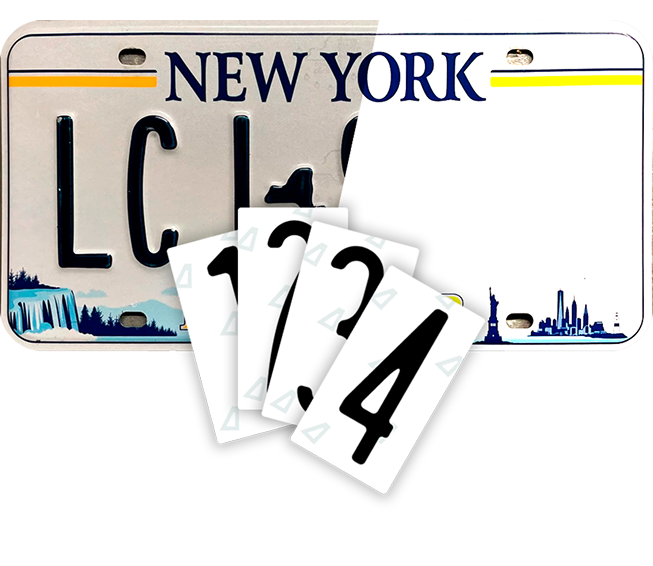Winter riding isn’t for the unprepared. Cold temperatures, road salt, and snow not only affect performance — they increase risk. Whether you're planning to keep riding or to store your bike for the season, proper winterization is essential. This guide explains how to prepare your motorcycle for snow, what gear to wear, how to protect critical systems, and why tools like Nanofilm Ecoslick matter more than ever in winter conditions.
Best Motorcycle for Snow: Choosing a Reliable Winter Ride
Not every bike is made for cold-weather operation. If you’re planning to ride in freezing conditions, choosing the best winter motorcycle is key. Adventure bikes and dual-sport motorcycles are generally better suited for snow and ice. They offer more ground clearance, better suspension travel, and more aggressive tires.
A good motorcycle for snow should have ABS brakes, fuel injection (not carburetion), and, ideally, heated grips or seats. Even windshields can make a huge difference in rider endurance by reducing windchill. If your region has long or harsh winters, you may want a dedicated winter setup, especially if your primary motorcycle is a lightweight city model.

Alite Blackout
Stealth in a сlick
test
Learn moreCold Weather Motorcycle Gear: Protecting the Rider
Your bike may be ready for winter, but are you? Wind and moisture can cut through inadequate gear, leaving you numb and unsafe behind the handlebars. Investing in proper cold weather motorcycle gear is just as important as maintaining your machine.
Key items to wear in winter:
- Thermal base layers that wick moisture
- Heated gloves or liners
- Waterproof and insulated outerwear
- Full-face helmet with anti-fog shield
- Insulated boots and warm socks
This gear isn’t just about comfort — it’s about maintaining control. If your hands go numb or your visor fogs up, your reaction times drop. Good clothing ensures that motorcycle riding in cold weather stays safe and enjoyable.

Alite Nanotapes
Click and Stick
test
Learn moreMotorcycle Maintenance Before and During Winter
Preparing your motorcycle for low temperatures involves checking and adjusting several critical systems.
Start with your tires. Cold air reduces tire pressure, which decreases grip. You should check pressure weekly and ensure your tires are suitable for wet, icy surfaces. For riders who brave actual snowfall, tires designed for motorcycles in snow are ideal.
Next, change your engine oil to a winter-grade viscosity to ensure proper circulation. Top off brake fluid and coolant as needed, and clean the air filter. Your battery should also be maintained — use a trickle charger if you’re storing the bike, or at least check voltage regularly.
Salt, grime, and road spray aren’t just aesthetic problems. They corrode your bike’s finish, chain, and especially the license plate. That’s why many winter riders apply a nanofilm license plate sticker as a protective layer. It helps prevent buildup while also reducing infrared reflectivity — a detail that becomes important as we’ll see next.


Nanofilm Ecoslick
Anti-radar stickers
test
Learn moreNanofilm Ecoslick: Winter Protection for Plates and Privacy
Winter weather amplifies problems with visibility — not just for riders, but for license plate cameras. Road surveillance systems often use infrared (IR) light, which becomes more effective when white snow reflects extra light. That’s where Nanofilm Ecoslick comes in.
This advanced license plate film is designed to minimize IR reflection without changing your plate’s daylight visibility. By diffusing the sharp glare created by IR flashes, Nanofilm Ecoslick can help prevent clear image capture by automated systems — offering riders a degree of passive privacy protection.
Advantages of Nanofilm Ecoslick in winter:
- Reduces glare under snow, rain, and fog
- Helps prevent dirt and salt from sticking
- Legal and transparent in visible light
- Functions as an anti radar sticker by interfering with camera clarity
For riders storing their bikes outside, it adds a protective layer that keeps the plate legible to the human eye but harder to scan by IR-enabled systems.

Nanofilm Ecoslick Material
Anti-radar material
test
Learn moreBest Motorcycle for Winter Storage: Keep It Protected
If you’re not planning to ride, your motorcycle still needs care to survive the cold months. Begin by washing and drying it thoroughly. Water trapped in cracks can freeze and expand, damaging finishes and seals. After cleaning, apply lubricant to the chain and spray anti-corrosion solution on exposed metal.
Cover your bike with a breathable cloth — not plastic — to avoid trapping condensation. Store it on a paddock stand to avoid flat spots on the tires, and keep the battery on a tender if left for more than two weeks.
When parking outdoors, your license plate becomes exposed to snow buildup and increased surveillance. Applying a nanofilm license plate film helps protect the surface while reducing unwanted scanning, making it useful even in storage.

Folding frame Alite Flipper
Stealth in a click
test
Learn moreFinal Tips for Motorcycle Riding in Cold Weather
Winter doesn’t have to put an end to your season. If you plan to ride, adapt your style. Accelerate and brake gradually, give yourself extra stopping distance, and stay alert for black ice — especially on bridges and shaded curves.
Don’t ignore your visibility. Add reflective tape to your gear and ensure your license plate stays readable — but not overexposed. Tools like Nanofilm Ecoslick, functioning as both a license plate film and subtle anti radar sticker, help provide this balance between safety and discretion.
Riding in winter demands more than bravery — it requires preparation. From selecting the best motorcycle for winter, to wearing proper cold weather motorcycle gear, to applying tools like nanofilm license plate sticker films, each decision builds a safer and more comfortable cold-season riding experience.
Whether you're staying on the road or putting your machine to sleep until spring, these steps ensure your motorcycle survives the season — and that you're ready to ride whenever the roads are.
Check Out: Choosing motorcycle tires - what you need to know












